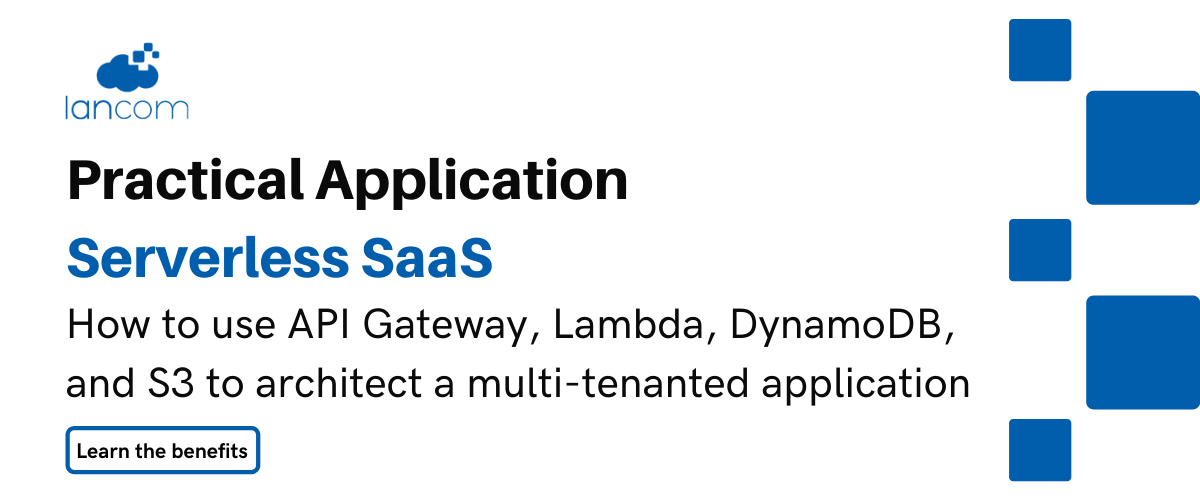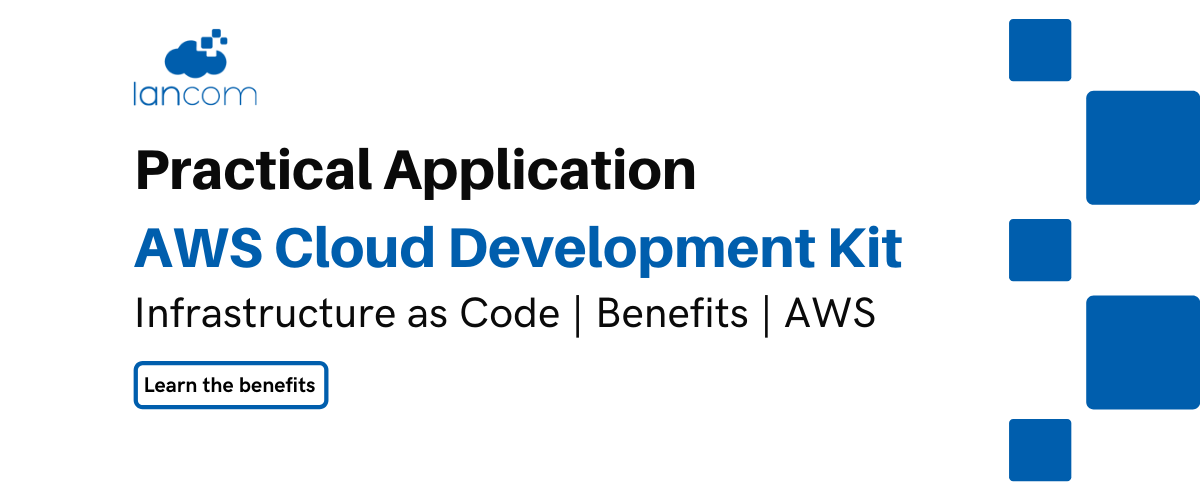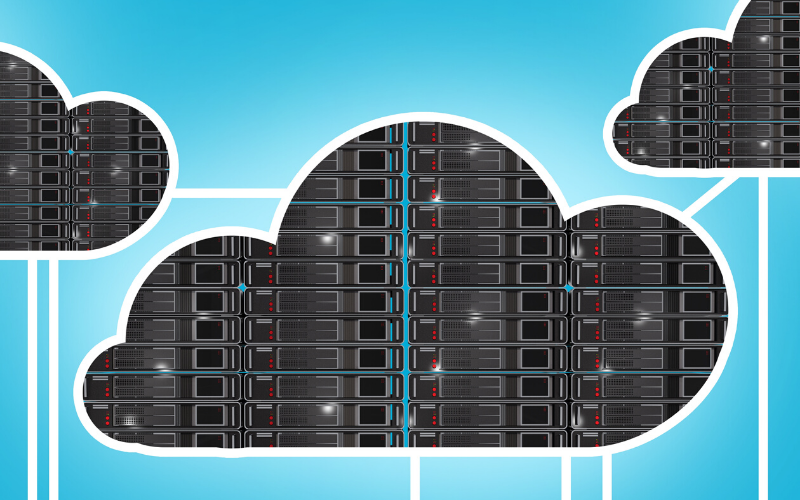Seriously, rooms full of black boxes with little blinking lights is just so nineties.
While that might sound a lot like a fashion statement, the problem isn’t with appearances. Instead, it is costs. Flexibility. Security and resilience. Management overhead. Hassle. And that’s why the time has never been better for emptying out the server room and putting all those boxes into the cloud. A bonus: how much space will this (relatively simple) action free up…and what will you do with it?
The cloud, these days, is setting the standard for the infrastructure every company needs to run its business. The old way of buying hardware, along with the attendant hassles of configuring and then managing it, belong in the past because it’s expensive. It’s also clunky and times change fast, while ‘bought’ hardware might as well have a use-by date on it (tired of constant refreshes which make three years go by in the blink of an eye?).
Owning hardware is also, plainly put, silly when there is a better option which costs less. Think of it in terms of cloud pioneer Randy Bias’s ‘cattle vs. pet’ analogy (and note that Bias came up with this clever comparison in 2014). If you have a room full of servers and storage racks, you’ve got a pet.
It’s a bit icky, but what happens when a pet passes on? Snot and tears and a lot of long faces; more or less, in other words, what happens when one of your servers or storage arrays goes to meet its Maker.
But when one individual in a group of farm animals doesn’t make it back to the shed? The herd carries on. The whole is greater than the sum of the parts.
And that’s a good comparison for how the cloud works. In Microsoft; Amazon Web Services and other major providers of cloud Infrastructure as a Service/Platform as a Service (IaaS/PaaS), the individual computers are like cattle. One of them can expire and nothing happens to the greater whole. It carries on.
Computers, of course, are better suited to the task of protecting data than cattle are, and unlike a passed pet or concern for cows, there isn’t even any need to pity the failed device. There is no data loss, no impact on your business, no cost implication, no nothing. For you, it is as if a tree fell in a forest and there was nobody to hear it. It might as well not have happened at all.
Then there’s the whole issue of overprovisioning. When you buy a new server or disk array today, you must think about how well it’s going to perform in three years from now. Maybe even 6 (and the thing about predictions is that they are difficult, especially if about the future). With the cloud? Not even an issue. You only pay for what you use. There is enough scale there to crank up your usage practically to infinity and beyond, should business conditions require it. Or, if things don’t go all that well in 2020, you can scale it the other way.
Not, then, the sort of thing which happens in a server room.
Did I mention security? In the early days, security was a major (theoretical) concern with the cloud. These days, sense has prevailed. Companies like Microsoft spend more on making sure their cloud services are secure than any local business ever could. That’s why banks, insurance companies, healthcare providers – just about every kind of business today – are using cloud infrastructure services.
Finally, the really good news. A transition to the cloud could be a lot simpler than you ever imagined. That’s because there’s a lot of it going on, and it’s been going on for some time. With practice comes maturity; there’s no need to be a train blazer with the associated risks. Instead, tried and tested methodologies are available to help you get the cloud advantages already being enjoyed by thousands of others.
Keen to get rid of your server room? We've teamed up with our partners at AWS to put together our $5,000USD cloud jumpstart funding program with the aim to help you become a "server room-less" business. Learn more about our jumpstart program here.







